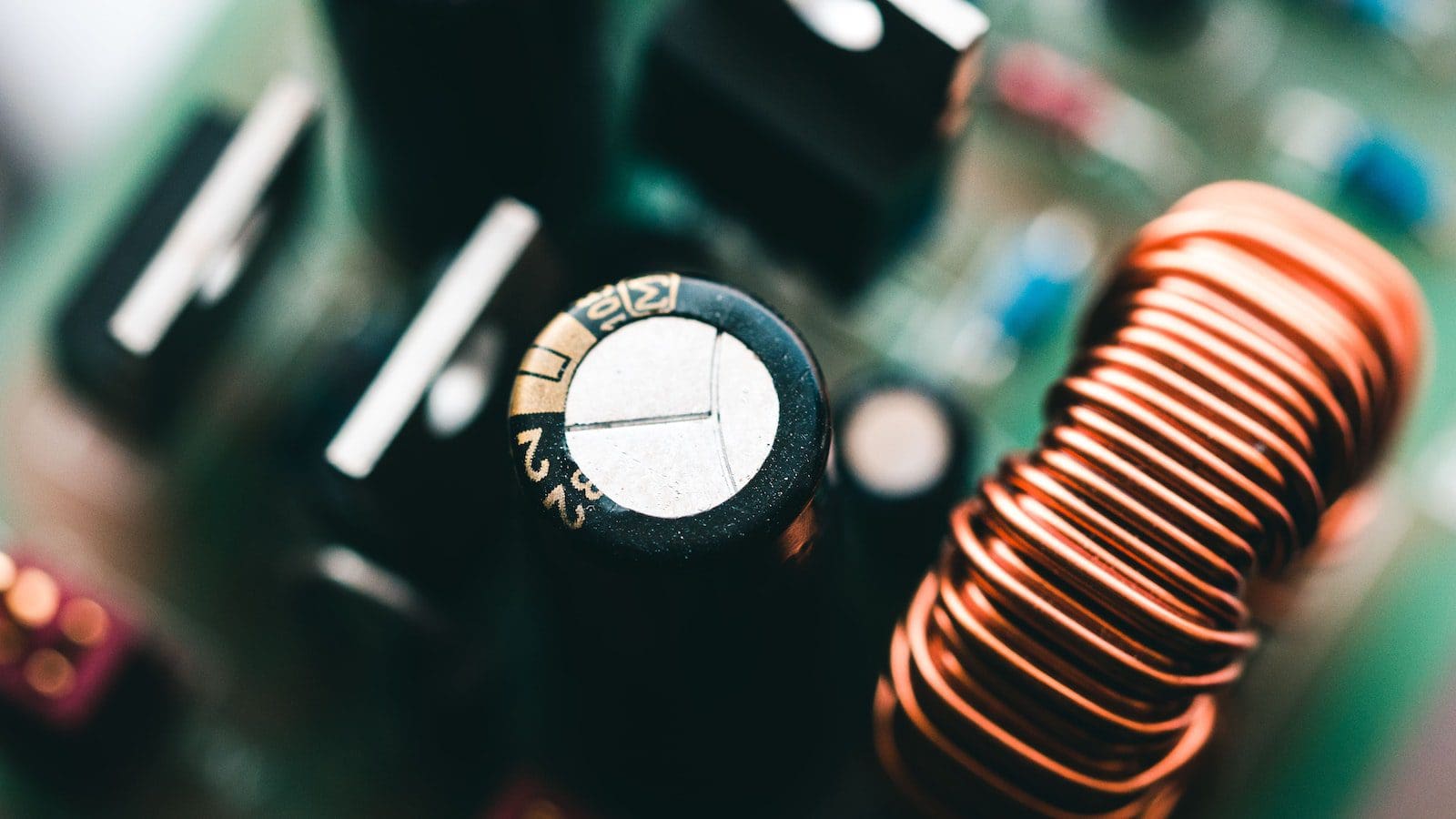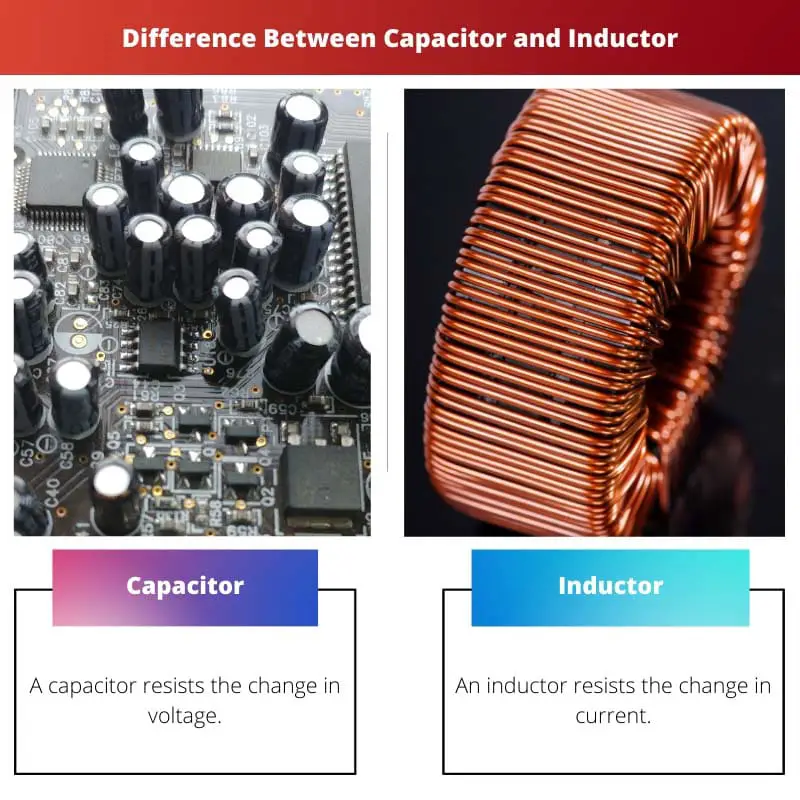Electrical devices are getting advanced day by day with technological advancements. Electrical devices use hundreds of tiny electrical units fitted into them.
Each of these units has a specific purpose of serving, and each works on different principles, each with advantages and disadvantages. These small units are put together to perform in a pre-defined way and produce results accordingly.
The capacitor and the inductor are the two important electrical components used in various devices. The capacitor and the inductor are of great importance. They are designed to serve specific purposes.
Key Takeaways
- Capacitors store energy in an electric field by accumulating charges on two conductive plates separated by an insulating material.
- Inductors store energy in a magnetic field by generating it around a coil of wire when current flows through it.
- Capacitors and inductors are passive electronic components used in various circuits, but their energy storage mechanisms and applications differ.
Capacitor vs Inductor
The difference between Capacitors and Inductors is that a capacitor resists any alteration in the voltage and stores the energy in an electrical field. In contrast, an inductor resists the change of current and stores the energy in the form of a magnetic field.

The capacitors and the inductors are electrical components used to resist changes in the electrical circuits.
A capacitor is an electrical unit connecting parallel conducting plates separated by an insulator, and an inductor is made by an insulated wire moulded into a coil on a central core.
Comparison Table
| Parameter of Comparison | Capacitor | Inductor |
|---|---|---|
| Resistance to | A capacitor resists the change in voltage. | An inductor resists the change in current. |
| Field of storage | A capacitor stores energy in an electrical field. | An inductor stores energy in a magnetic field. |
| Conduction of current | A capacitor does not conduct a current. | An inductor conducts current. |
| Preferred frequencies | A capacitor works best on high frequencies. | An inductor works best at low frequencies. |
| Applications | Capacitors are used in high voltage power supplies, in situations of large capacitance, etc. | Inductors are used in situations where essential frequencies are allowed; there is a presence of resonance, etc. |
What is Capacitor?
A two-terminal device, invented by Ewald Georg Von Kleist that resists any change in the voltage and stores electrical energy in an electrical field is termed a capacitor.
The effect produced by a capacitor is termed capacitance and is measured in Farads denoted by F.
A capacitor comprises two or more plates parallel at a small gap between the conductive plates. These plates are separated from one another either by an insulating material or by air.
The insulating layer between the two plates is termed a Dielectric.
A capacitor cannot conduct current due to the presence of the insulating layer. It behaves as an insulator for DC and a short circuit for AC. A capacitor shows its efficiency at high frequencies.
The commonly used type of capacitors is Ceramic, Tantalum, and Electrolytic capacitors.
Capacitors are used in high voltage supplies, in energy storage, used to maintain power when batteries are undercharging, in time-dependent circuits, converting AC to DC, tuning circuits, in flash circuits of cameras, used as sensors, etc.

What is Inductor?
A two-terminal electrical component that resists any change in the current and stores energy in a magnetic field is known as an Inductor. The effect produced by an inductor is termed inductance and is measured in Henries.
An inductor may sometimes also be referred to as a choke or reactor. It is made by wounding an insulated wire around a core material, designed to produce a magnetic field in itself or the core when the current flows.
An inductor conducts a current through it. It conducts AC but behaves as a short circuit when DC is applied. An inductor works best on low frequencies and when critical frequencies are applied in the presence of resonance.
There are various types of inductors, such as Coupled inductors, Multilayer inductors, Ceramic core inductors and Moulded inductors. When two inductors are joined together, they behave as a transformer.
They filter currently in analogue signals, prevent radio frequency interference, as energy storage units in switched power supplies, electrical transmission systems, etc.

Main Differences Between Capacitor and Inductor
- A capacitor is a device that resists any change in voltage, whereas an inductor is a device that resists any change in the current.
- A capacitor stores the energy in an electrical field, while an inductor stores the energy in a magnetic field.
- A capacitor does not conduct a current, while an inductor conducts a current.
- A capacitor behaves as a short circuit when an alternating current is applied, while an inductor behaves as a short circuit when a direct current is applied.
- A capacitor works fully when high frequencies are allowed, whereas an inductor works efficiently at low frequencies.
- The capacitance of a capacitor is measured in Farads, and the inductance is measured in Henries.
- A capacitor is used in high-voltage power supplies with large capacitance, and an inductor is used when important specified frequencies are applied in the presence of resonance.




